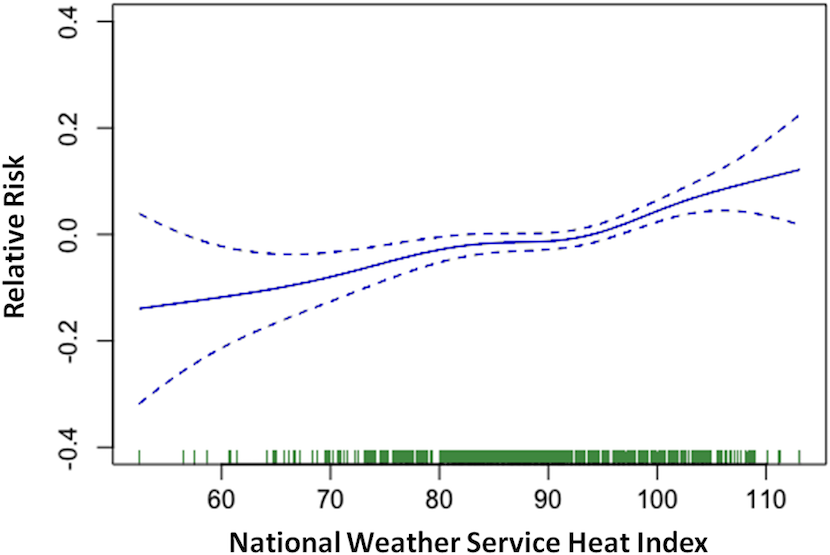Friday September 15 CSL Meeting
Sep 14, 2017 - CSL

Daniel Vecellio
Exploring the Use of Emergency Response Data Related to Extreme Heat in Large City Centers
Presenter: Daniel Vecellio
Time: Friday 15 September, 2:00-3:00 p.m.
Location: 805 O&M
Abstract: Heat stress is one of the largest drivers of heat-related illnesses, particularly amongst children and the elderly, as well as urban dwellers. Numerous heat indices have been developed to quantify heat stress during extreme heat events (EHEs), but there is no consensus on the most suitable index for identifying and quantifying heat-health risk and specific health outcomes. Two commonly used indices in North America are the Heat Index (United States) and the Humidex (Canada). Both of these indices account for the combined effect of temperature and humidity to quantify heat stress and to issue extreme heat watches and warnings. However, although over 100 various heat indices have been created, there is a paucity of data that associates heat exposures (risk factors) to heat-health illness or injuries. This study will statistically compare the relationship of select heat indices with emergency medical service (EMS) information obtained for FirstWatch® in four North American Cities. The two-step process first involves calculating hourly index values for 10-20 common heat indices using hourly meteorological data during summer EHEs. These will be evaluated to determine their covariance with the standard heat indices (Heat Index and Humidex) versus the unique information provided during the EHEs. Second, those indices displaying the greatest variance from the HX and HI will be applied in Poisson regressions, with heat-related EMS calls as the dependent variable to test performance. The information derived from the final analysis will allow for improved prediction of human response during EHEs, with added information of location and item of occurrence. This study will help identify the most suitable heat indices (and the associated thresholds) for to guide emergency response to improve preparedness and response time during EHEs in North America.

Relative risk of heat-related morbidity and confidence intervals (blue) as described by EMS calls in Huntsville, Alabama associated with National Weather Service heat index observations (green).
